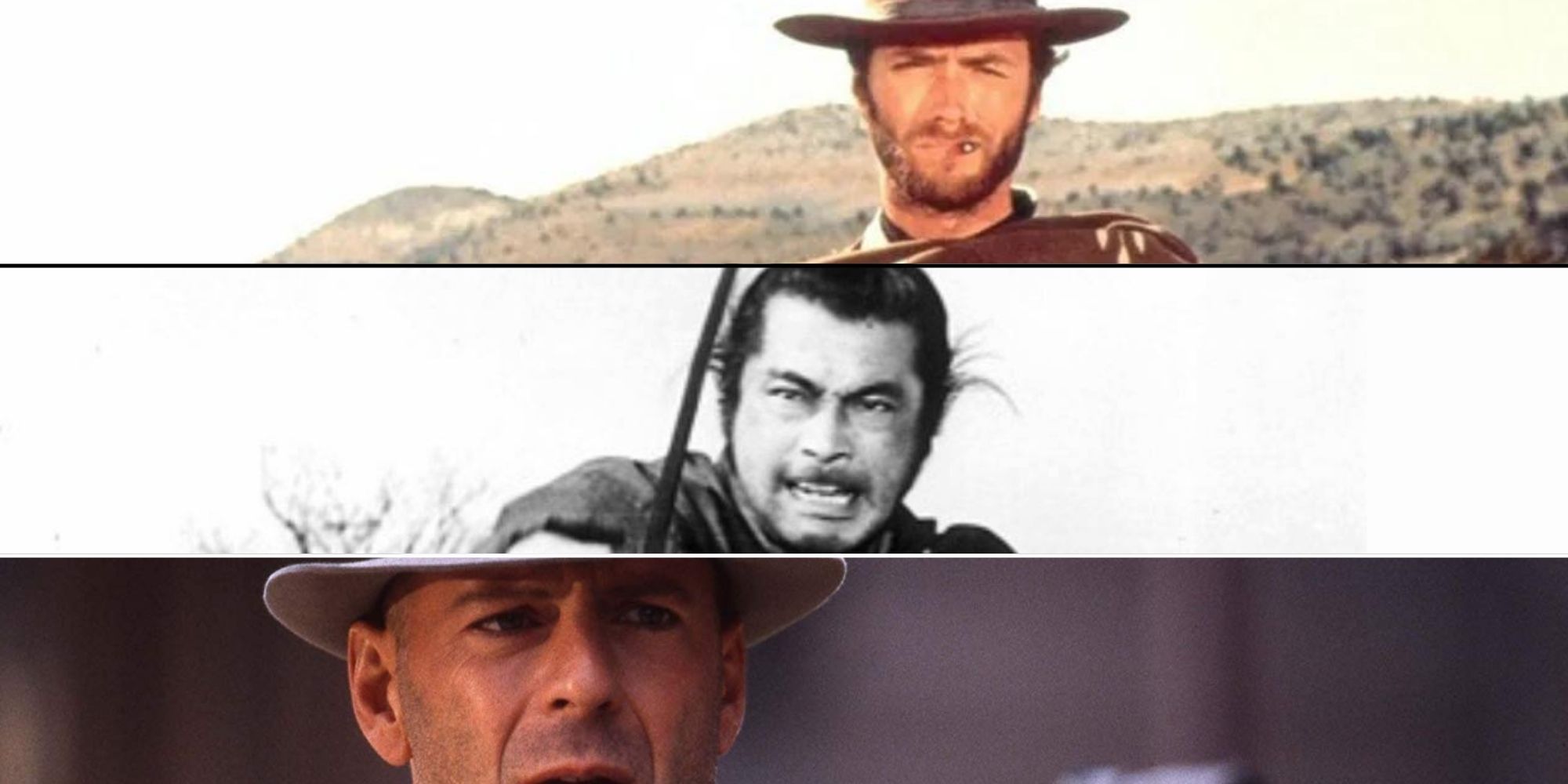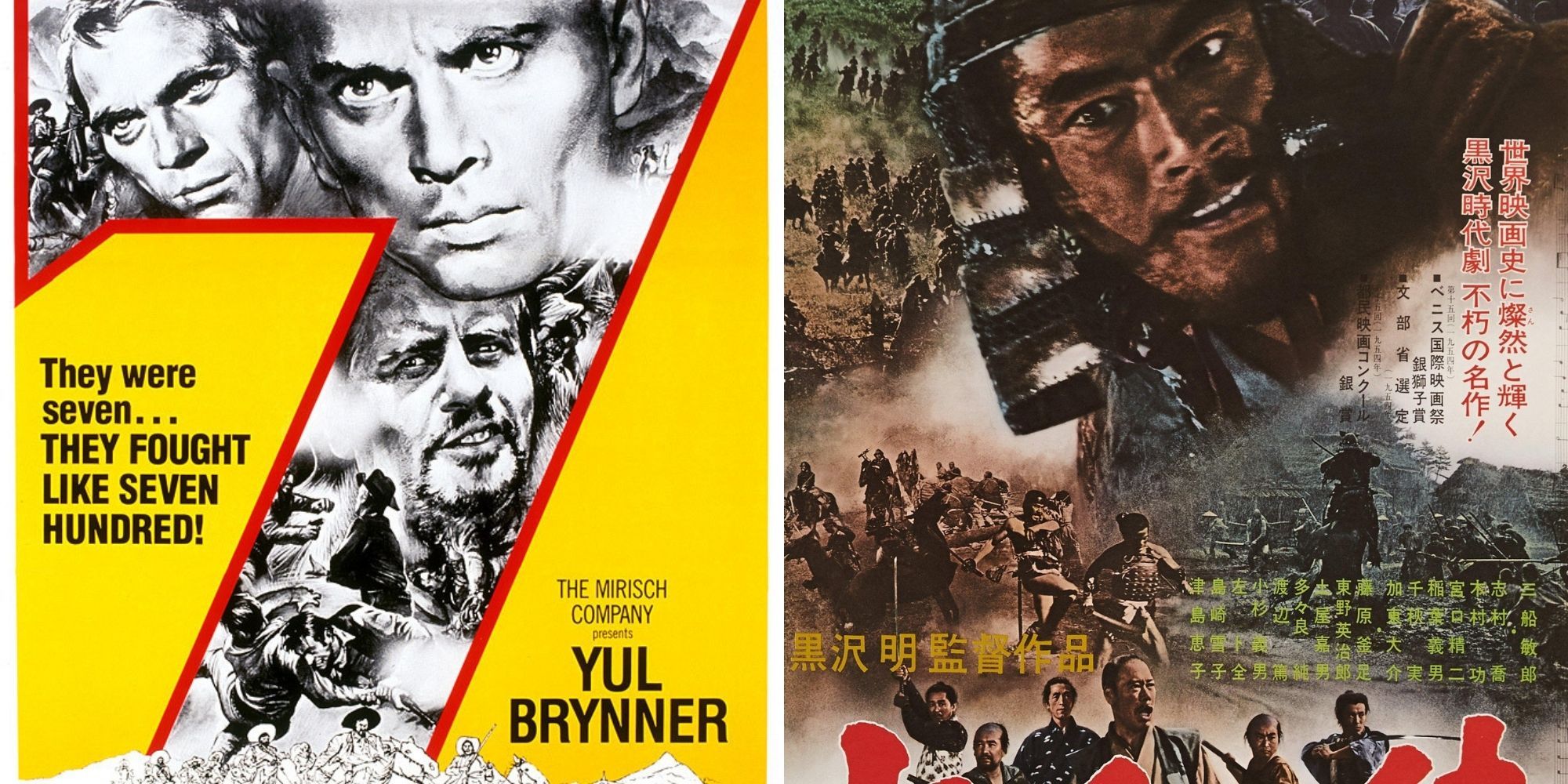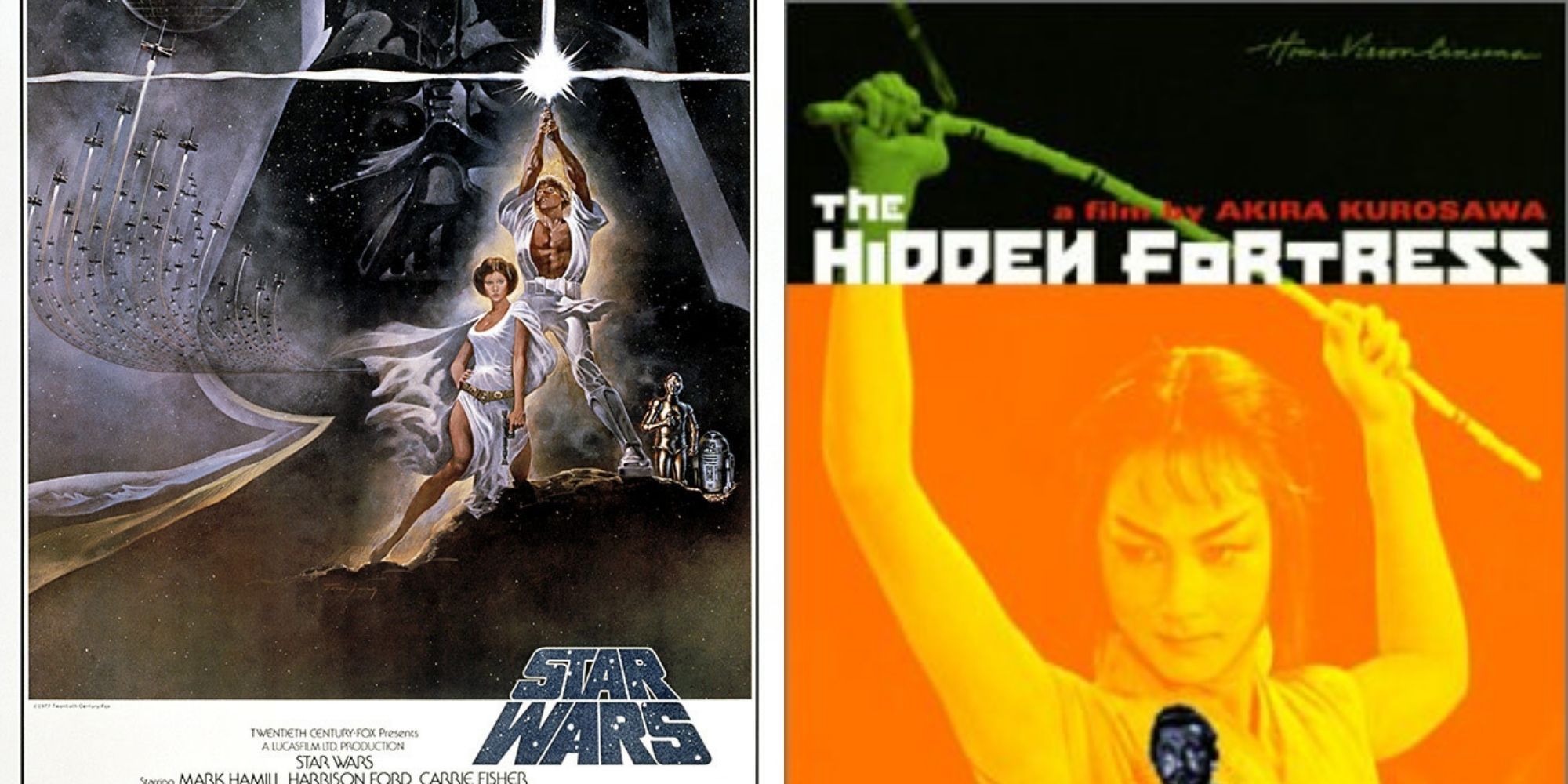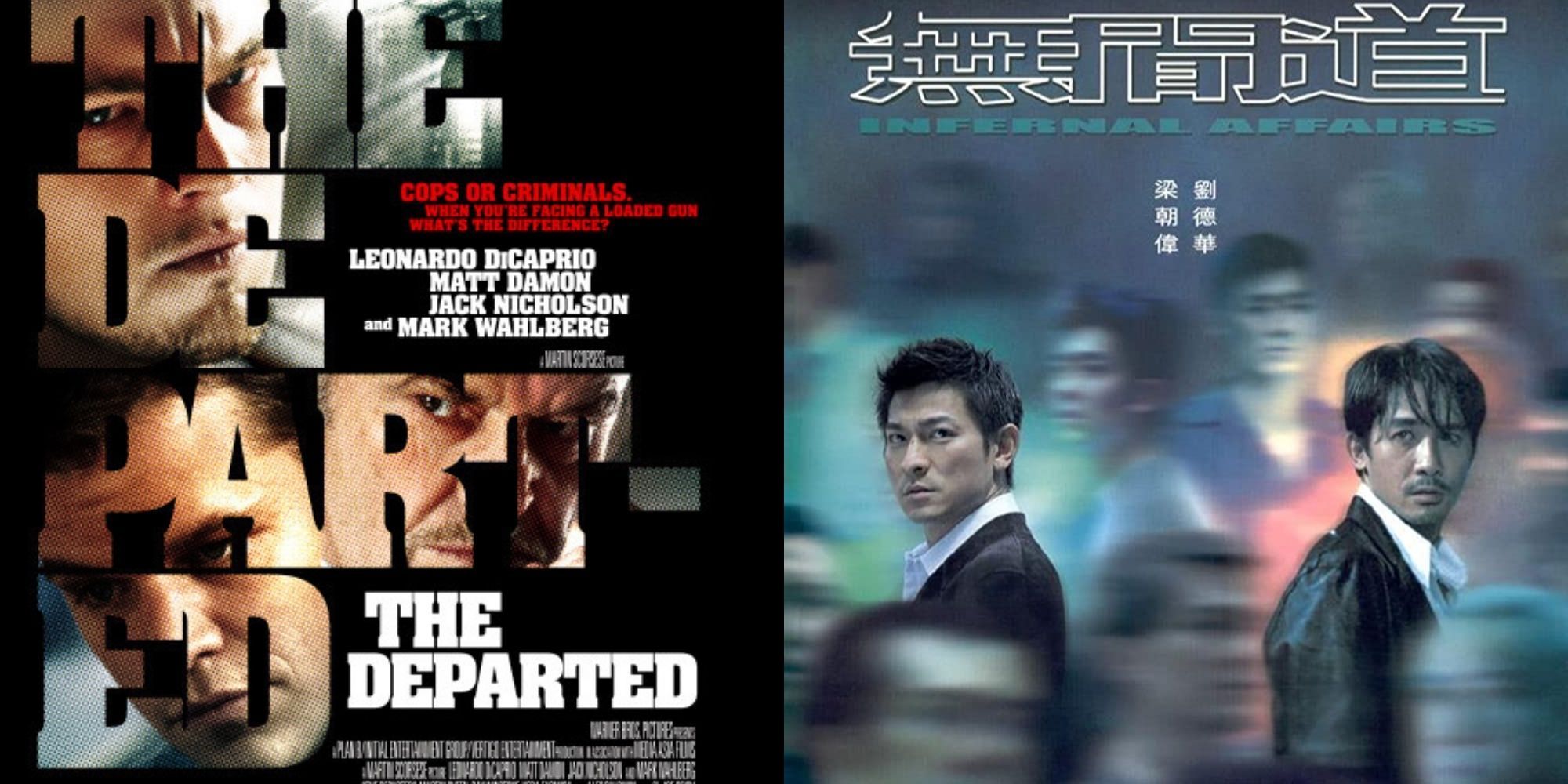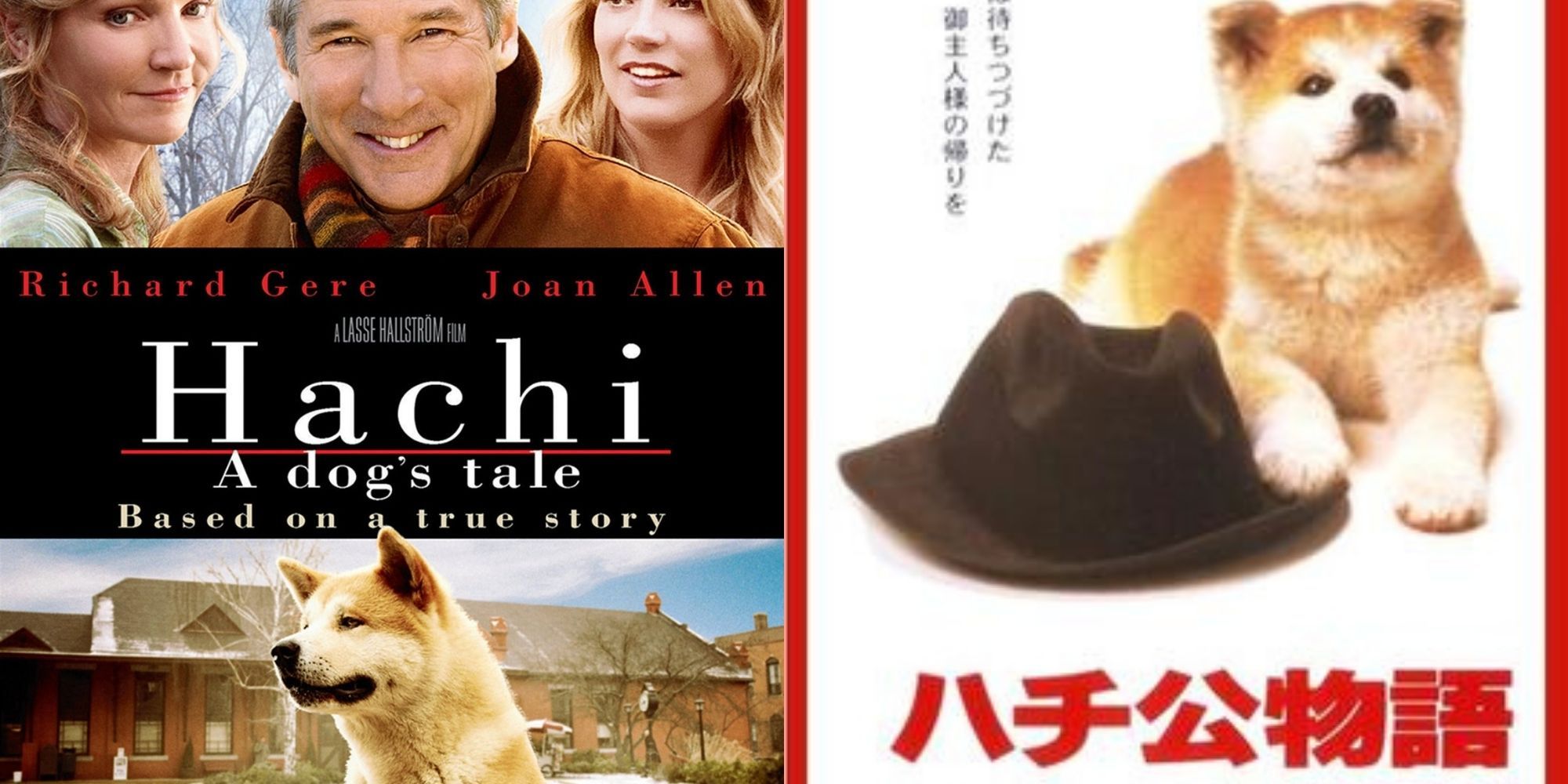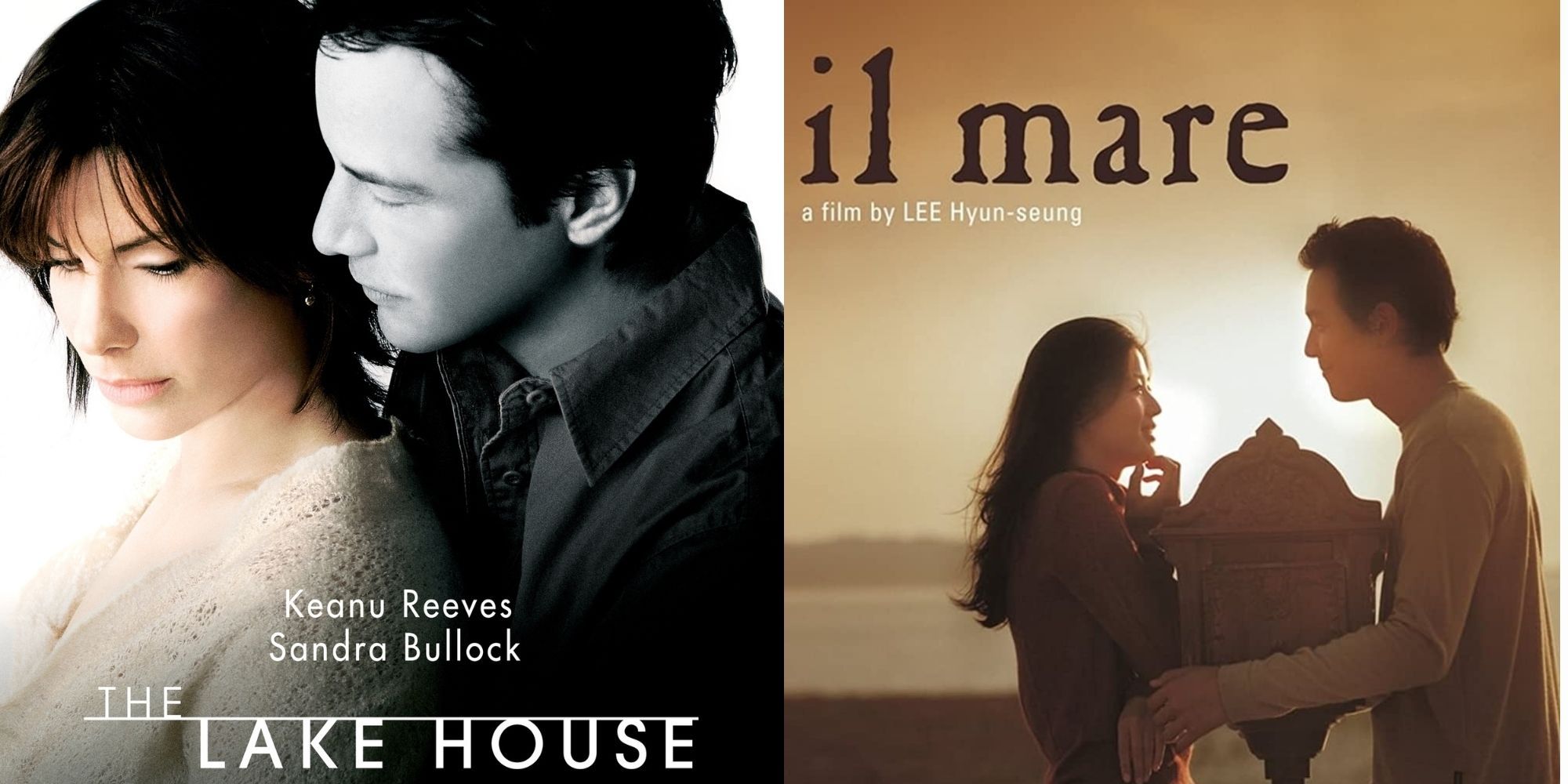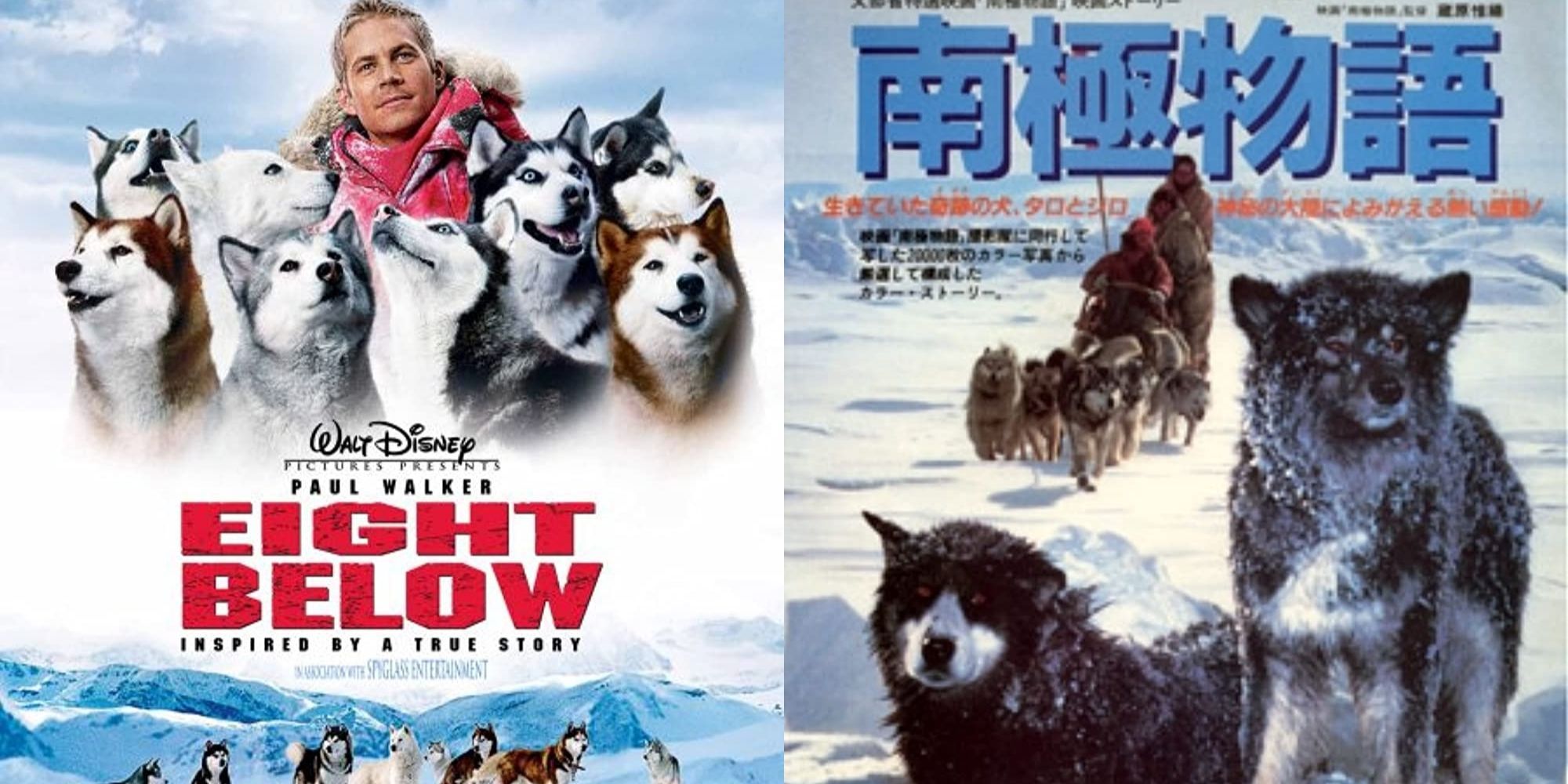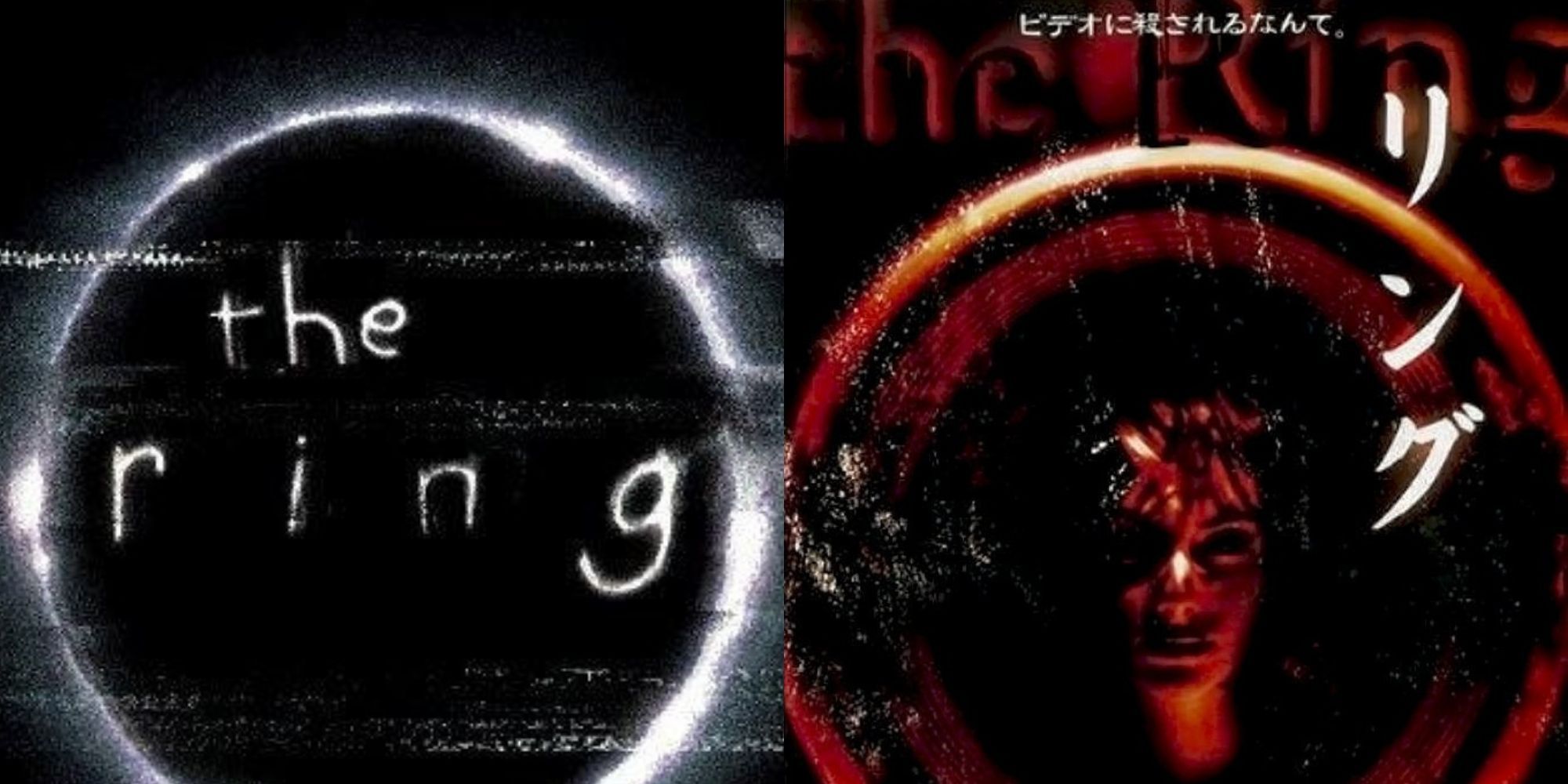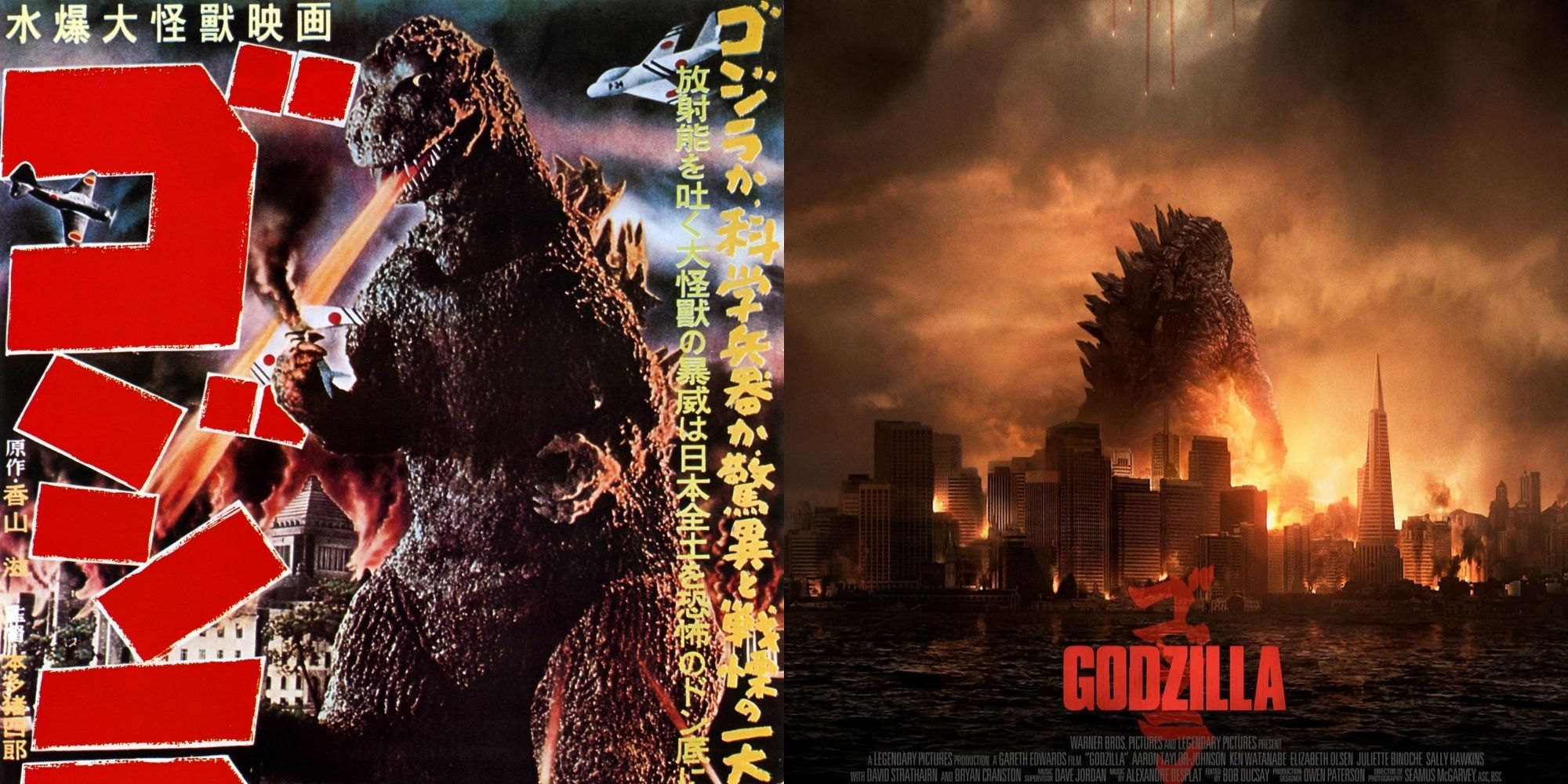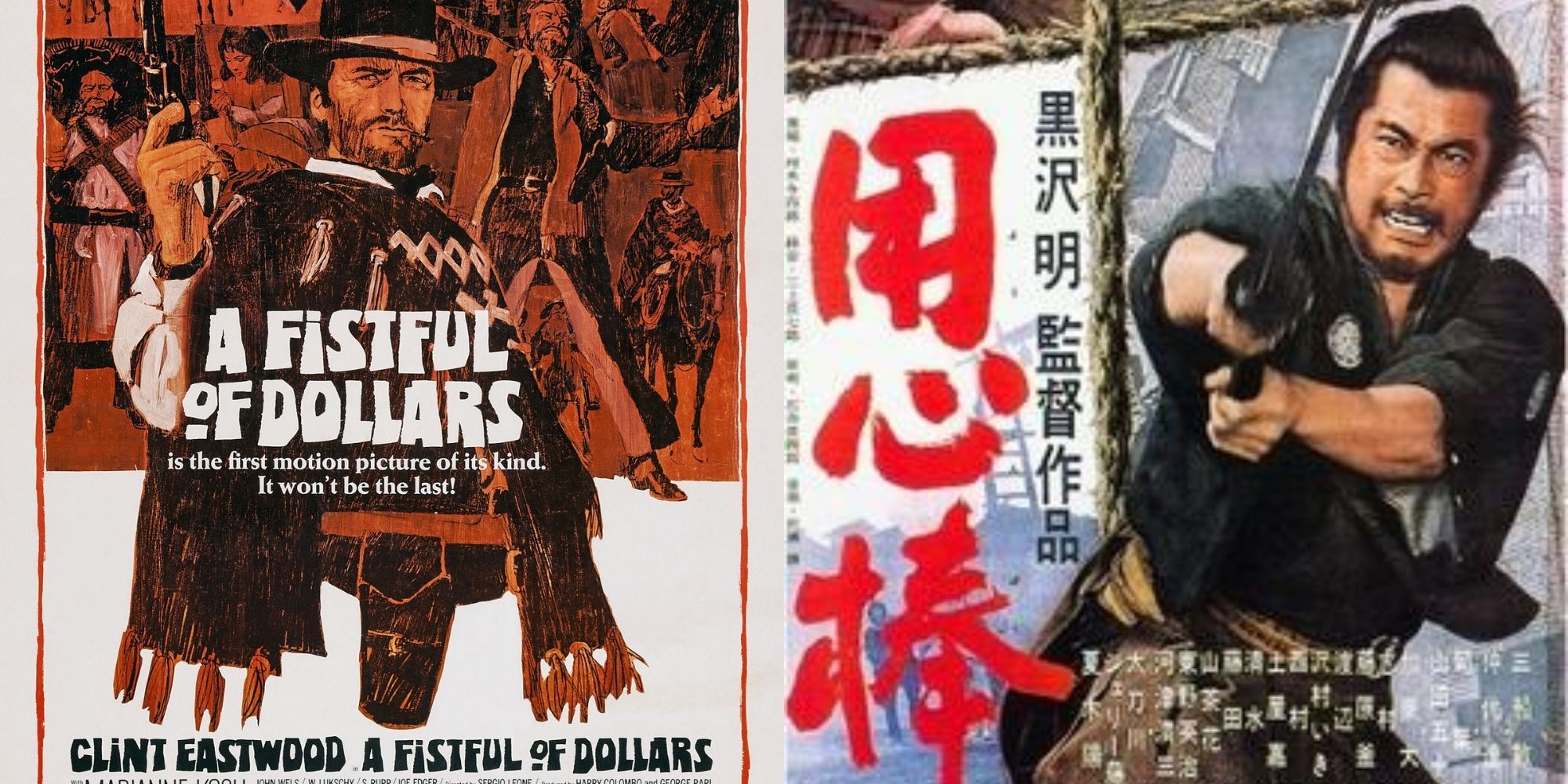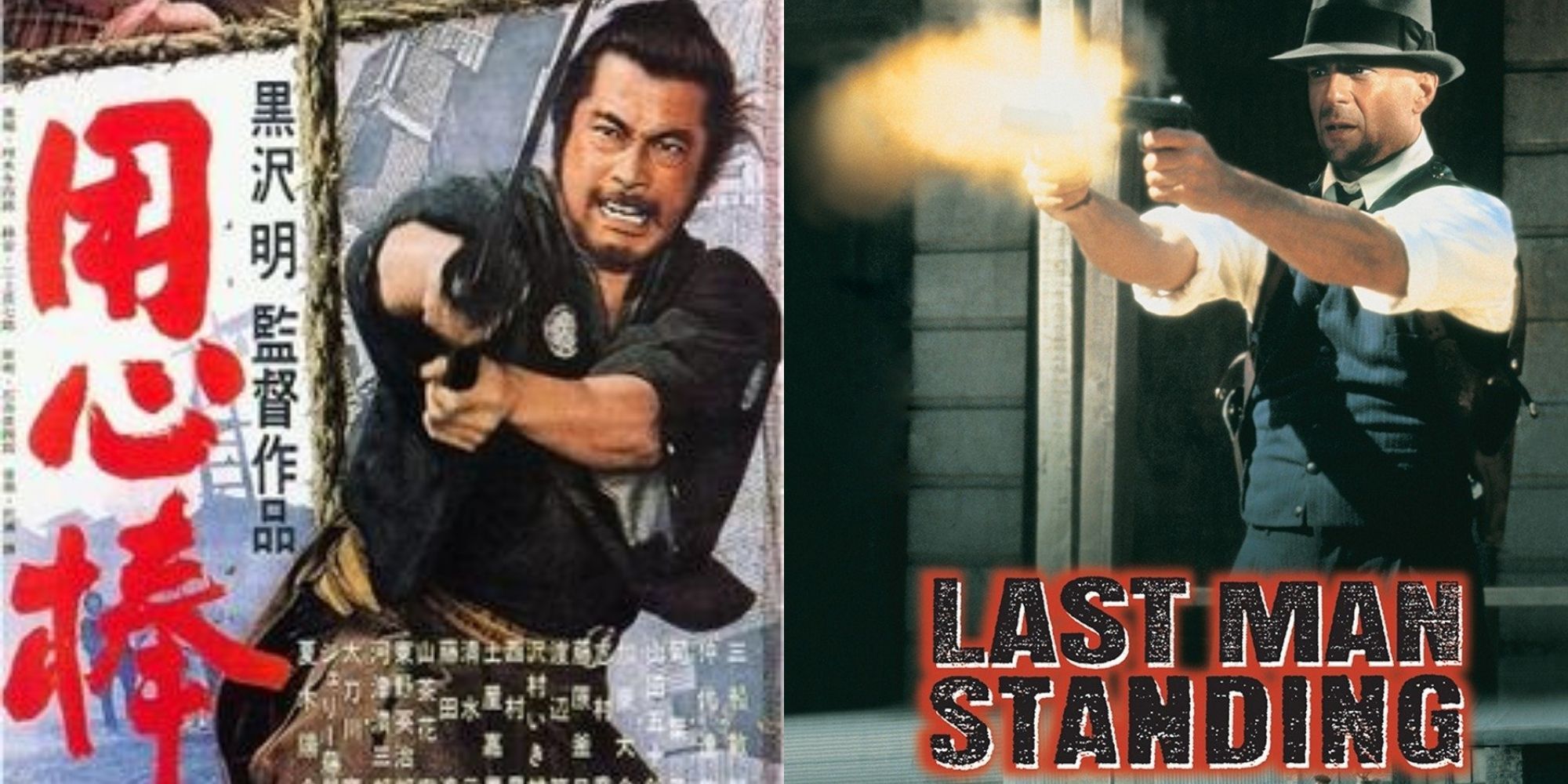In this era of globalization, audiences are granted swifter access to a wide range of films from every continent. The proliferation of foreign films has endangered the once immovable status of Hollywood as the dominant film industry, compelling them to gather refreshing stories for the big screen that allows for a diverse collection of representation.
Hollywood has earned a bad reputation for butchering a film's source material, especially foreign films that have garnered praise from both critics and fans alike. However, there are notable exceptions to the rule that still manage to make a profound cinematic statement.
'The Magnificent Seven' (1960)
Original: Seven Samurai (1954, Japan)
The Magnificent Seven is an American Western film about seven gunfighters hired to defend a small Mexican village from a group of immoral outlaws. Adopting tropes and film devices most familiar to Western audiences, the 1960 critical and commercial success is actually a close remake of the period epic — Seven Samurai, directed by one of Japanese cinema's most essential directors -—Akira Kurosawa
Instead of professional gunslingers, the 1954 samurai film sees poor villagers employing seven samurais to not only protect them from bandits but to teach them basic defense and training skills. Despite bearing similar plotlines, both films stand great on their own with their vastly distinctive cultural allegory. The 2016 reworking of The Magnificent Seven starring familiar faces like Denzel Washington and Chris Pratt fares well and sees greater doses of adrenaline-induced action sequences.
'Star Wars: A New Hope' (1977)
Original: The Hidden Fortress (1958, Japan)
The Star Wars series may be one of Hollywood's most definitive and powerful franchises, but it would not have the iconic status it has today without Akira Kurosawa's samurai masterpiece as its primary inspiration. Whilst both Star Wars and The Hidden Fortress are political adventure films expanding on the conventional story of good versus evil, it is hard to ignore the various similarities between the two classics.
Besides stories recounted by two lowly peasants or droids, both films feature a renegade princess inciting a rebellion against an evil empire, Not to mention battles between old nemesis as well as the directors' inclination towards usage of wipe transitions. Star Wars creator George Lucas even recycles these tropes again for The Phantom Menace.
'The Departed' (2006)
Original: Infernal Affairs (2002, Hong Kong)
Speaking of battles between good and evil, The Departed and Infernal Affairs are another two great options that explore this theme, albeit in a less fantastical and more realistic exposition.
Casting aside the different settings, both crime dramas center around two characters, an undercover agent and a spy within the police force struggling to grow accustomed to their double-entendre lives. The 2006 Academy Awards Best Picture winner excels in character development in addition to gifting audiences one of the most surprising twist endings. The 2002 Hong Kong drama offers not only an insight into Hong Kong culture but expands on the dissonance between law and morality, resulting in a more nihilistic atmosphere.
'Hachi: A Dog's Tale' (2009)
Original: Hachiko Monogatari (1987, Japan)
Here comes two films that are guaranteed to have audiences unapologetically bawling when the credits roll. The films are based on the true story of Hachikō, a Japanese Akita dog who continued to wait for his owner for nearly ten years despite the latter's untimely death.
Notwithstanding their shared trait of being tear-jerkers, the American version tends to be more recognizable amongst international audiences, even contributing to a replica of Hachikō's statue placed at the train depot in Rhode Island where the film took place. Hachiko Monogatari is still worth a watch for any dog-lovers for its more faithful adaptation of the original story and heart-warming ending compared to its Hollywood counterpart.
'The Lake House' (2006)
Original: Il Mare (2000, South Korea)
Love-at-first-sight rarely happen, and these two films are the testaments to that statement. Not well-conceived during their first releases due to some plot inconsistencies, The Lake House and Il Mare have slowly garnered a loyal following for their unusual take on romantic pursuits that overlooks the hindrance of distance and time.
Without ever having met each other, both stories follow two lonely people who live two years apart in different dimensions. By communicating with one another via a magic mailbox, the two leads engage in a series of romantic ventures whilst a tragedy is looming in the dark, threatening to destroy their picturesque happiness. Albeit Il Mare takes the honor of being the superior film with its poetic mastery and melancholic ambiance, The Lake House is a remake not to be ignored solely for the incredible chemistry between Sandra Bullock and Keanu Reeves alone.
'Eight Below' (2006)
Original: Antarctica (1983, Japan)
Another remake is based on a true story that features dogs as the main attraction. Eight Below features the sorely-missed Paul Walker as one of the explorers thrusted into a moral challenge when they are forced to leave their sled dogs behind during their trip in Antarctica.
Being a Disney film, the American remake possesses a more light-hearted approach to the depiction of the rescue mission. On the other hand, the original Japanese classic is not afraid to show audiences the rather stark reality of what happened during the 1958 expedition.
'The Ring' (2002)
Ringu (1998, Japan)
In the late 1990s, the huge box office success in Japan propels Ringu to become a classic in the horror movie genre. Based on the 1991 novel by Koji Suzuki, the 2002 gothic horror delves into the mystery of a cursed videotape that kills anyone who listens to it within seven days.
Relying on the eerie atmospheric build-up and the public's technological anxiety due to Y2K, Ringu launched a new wave of J-horror craze in the West as Hollywood executives raced to produce a string of remakes. The Ring (2002) emerges as one of the best stand-alone Hollywood adaptations of Japanese horror, largely due to the earnest performance by lead actress Naomi Watts and a memorable score by Hans Zimmer.
'Godzilla' (2014)
Original: Gojira (1954, Japan)
The longest-running film franchise in history, Gojira, better known by international audiences as Godzilla, is one of cinema's most emblematic movie monsters and pop culture icons. Undeterred by the critically-panned Godzilla (1998), Hollywood manages to win the hearts of audiences and critics with their second attempt Godzilla (2014).
Praised for its terror-stricken musical score and cinematography, some viewers are still skeptical of the adaptation as it lacks heartfelt characters whilst the screentime of "The King of Monsters" is reduced. The original 1954 Japanese disaster film spares nothing in painting Godzilla as a vengeful force of destruction as well as insinuating the monster as a by-product of horrors that followed from the atomic bombings of Hiroshima and Nagasaki.
'A Fistful of Dollars' (1964)
Original: Yojimbo (1961, Japan)
It's safe to say that without Italian director Sergio Leone, there will be no Clint Eastwood. And there will be no Leone if the legendary Akira Kurosawa had not made Yojimbo. The 1961 Japanese samurai film tells the story of a drifter equipped with sublime sword-wielding skills, arriving in a small town where territorial disputes are happening between two crime lords. In A Fistful of Dollars, swords are replaced with guns, and battles of honor are nowhere to be found in the Old West where cunning is the go-to trait.
The 1964 spaghetti western occupies a vital status in cinematic history with iconic anti-heroes like "the Man With No Name" and revolutionary cinematography. Casting aside a successful lawsuit by Toho (Yojimbo's production company), Leone's classic undoubtedly revitalizes the once-hackneyed Western genre.
'Last Man Standing' (1996)
Original: Yojimbo (1996, Japan)
Dedicated film buffs are well-aware of the connection between Yojimbo and A Fistful of Dollars, but not many knew about Walter Hill's "free adaptation" of Akira Kurosawa's untouchable bodyguard film.
Neither a samurai piece nor a spaghetti-western, Last Man Standing features distinguished actors such as Bruce Willis and Christopher Walken in an ongoing war between the Italian and Irish mafia. Set in the Prohibition era which saw the rise of organized crime, the film features some impressive gun-blazing sequences mixed in with good, old-fashioned mob disputes.

